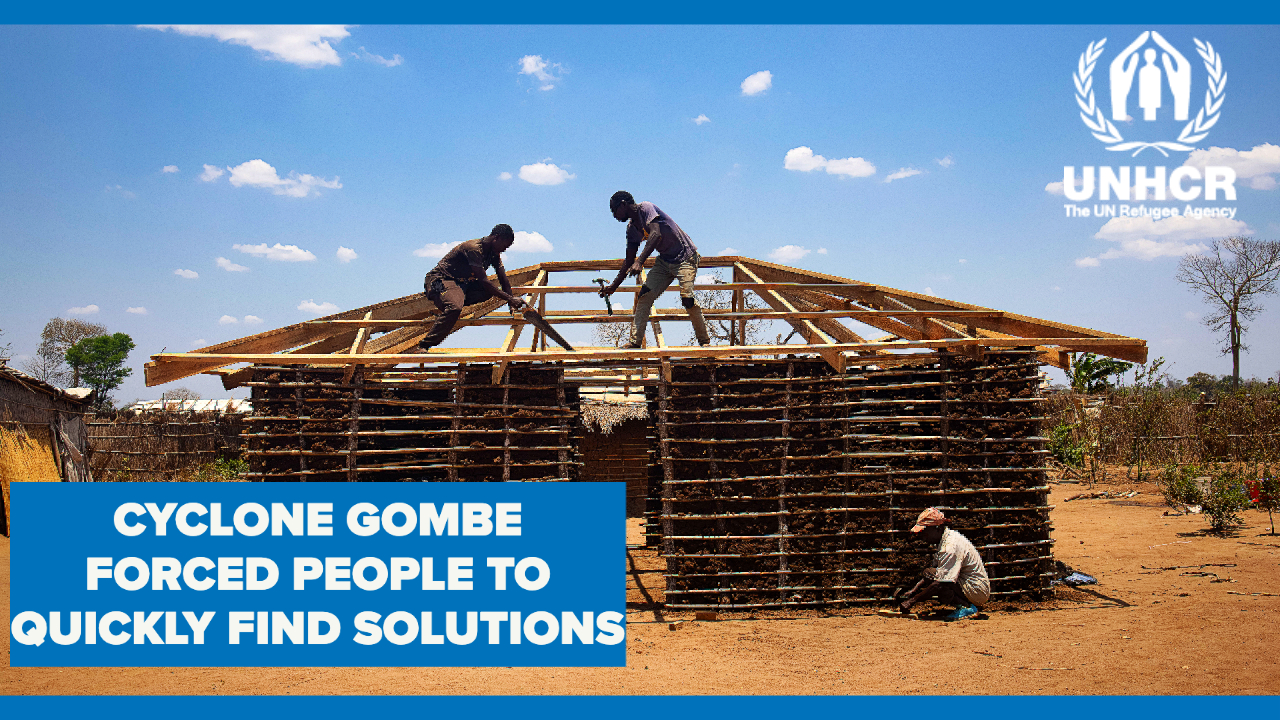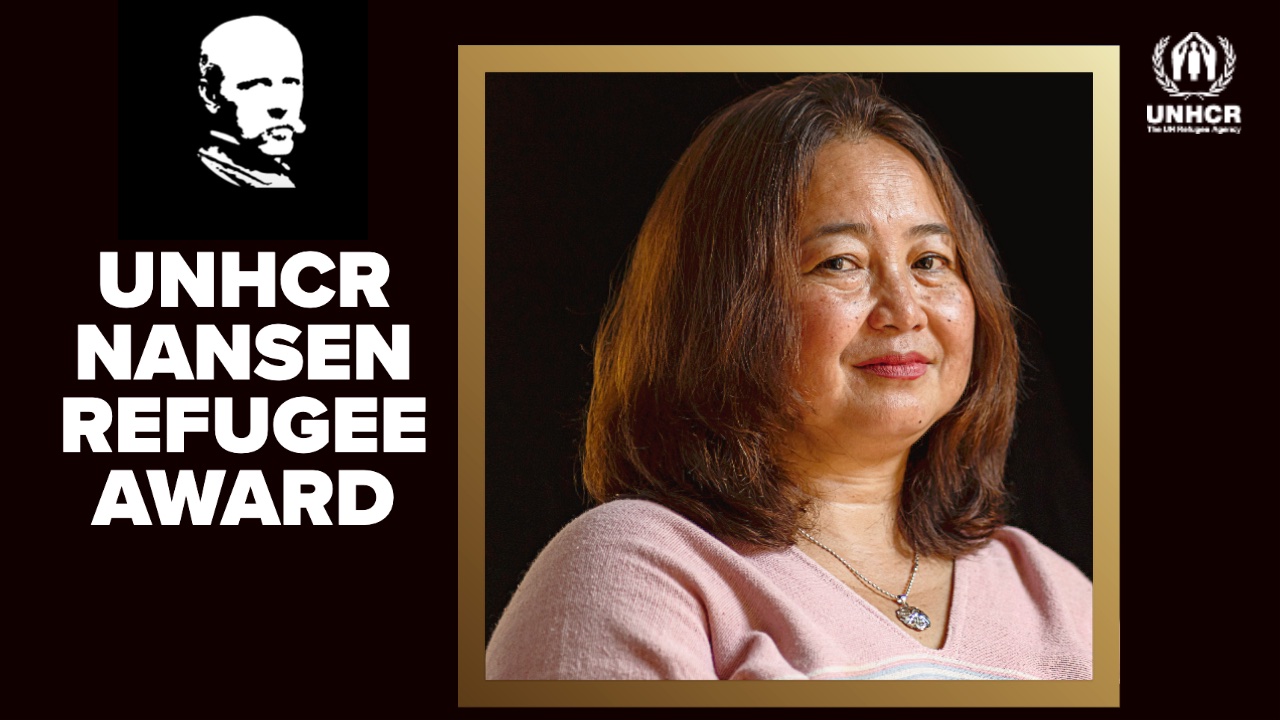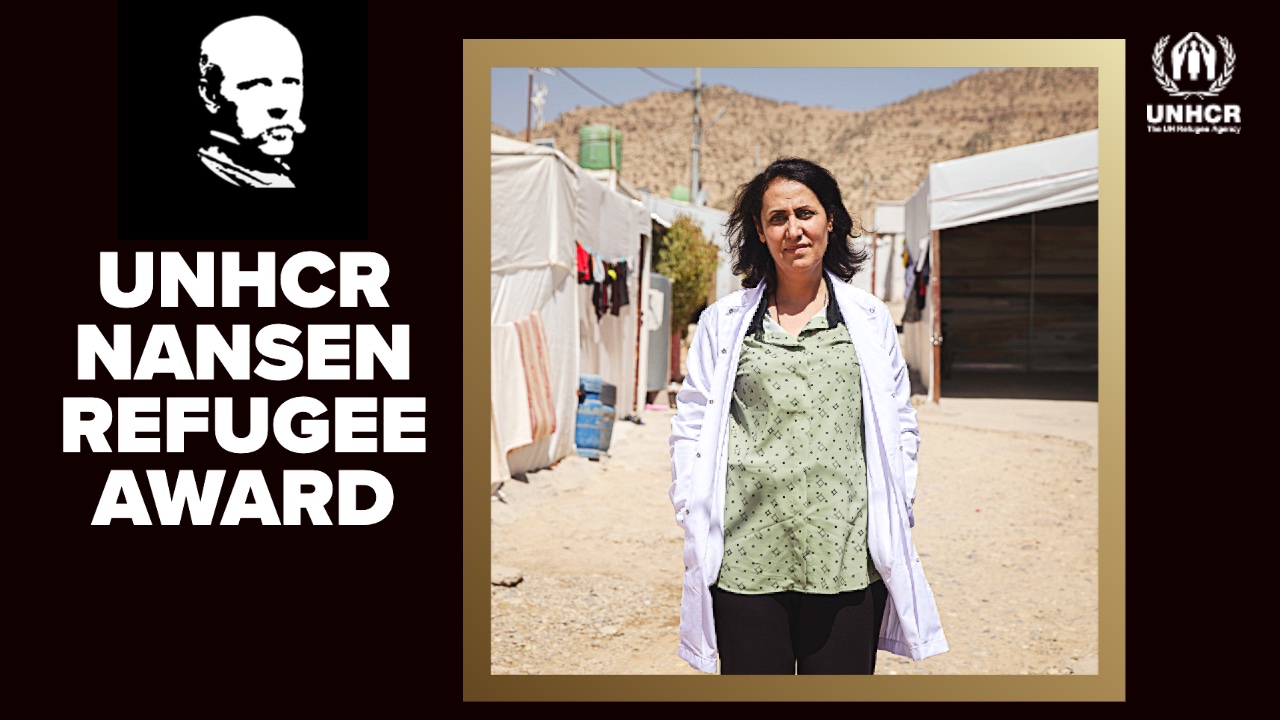Number of Mogadishu civilians displaced by fighting since early May tops 200,000
Number of Mogadishu civilians displaced by fighting since early May tops 200,000

NAIROBI, Kenya, July 7 (UNHCR) - The number of people displaced since early May by the escalating conflict in Mogadishu has reached 204,000, making it the biggest exodus from the troubled Somali capital since the Ethiopian intervention two years ago.
The eight-week-long offensive led by the Al-Shabab and Hisb-ul-Islam militia against government forces is having a devastating impact on the city's population, causing enormous suffering as well as the massive displacement. The fighting in the past week has killed some 105 people and injured 382, according to reports from UNHCR's local partners in Somalia.
"We are concerned about the way the fighting continues to affect civilians and create further displacement in an environment of total impunity," said UNHCR Representative to Somalia Guillermo Bettocchi.
Neighbourhoods affected by the fighting include Kaaran, Shibis, Shangaani and Boondheere in northern Mogadishu. These areas have hitherto been islands of peace, escaping much of the conflict and destruction. Many residents are fleeing their homes for the first time since the start of the Somali civil war in 1991.
We are concerned about the way the fighting continues to affect civilians and create further displacement in an environment of total impunity.
Guillermo Bettocchi, UNHCR Representative to Somalia
While many of the displaced were fleeing to the Afgooye corridor, some 30 kilometres west of Mogadishu, which already hosts more than 400,000 victims of previous conflicts, the majority are now heading further afield to the Lower and Middle Shabelle, Galgaduud, Bay and Lower Juba regions. Estimates place the number of internally displaced in Somalia at more than 1.2 million.
A local UNHCR partner last week distributed aid kits containing blankets, plastic sheeting, kitchen sets, jerry cans and sanitary towels to 14,000 displaced Somalis in the Afgooye corridor and Mogadishu. This week, UNHCR plans to distribute another 4,000 kits, security permitting.
On Saturday, armed militiamen attacked and looted the office of a UNHCR partner in northern Mogadishu. Four aid workers were severely injured in the attack and another was abducted.
Meanwhile, despite the fact that the Kenyan border is officially closed and Kenyan authorities are not allowing asylum-seekers to cross into Kenya, the number of people arriving in the UNHCR-run Dadaab refugee complex situated near the Somali border in north-eastern Kenya continues to rise.
Since May, more than 11,000 Somali refugees have been registered at Dadaab, bringing to 36,000 the number of Somali refugees who have arrived there since the beginning of the year. According to UNHCR, the actual number of new arrivals is much higher since many of them head directly to urban centres like Nairobi, Mombasa and Garissa. Dadaab refugee complex now hosts more than 284,300 refugees.









